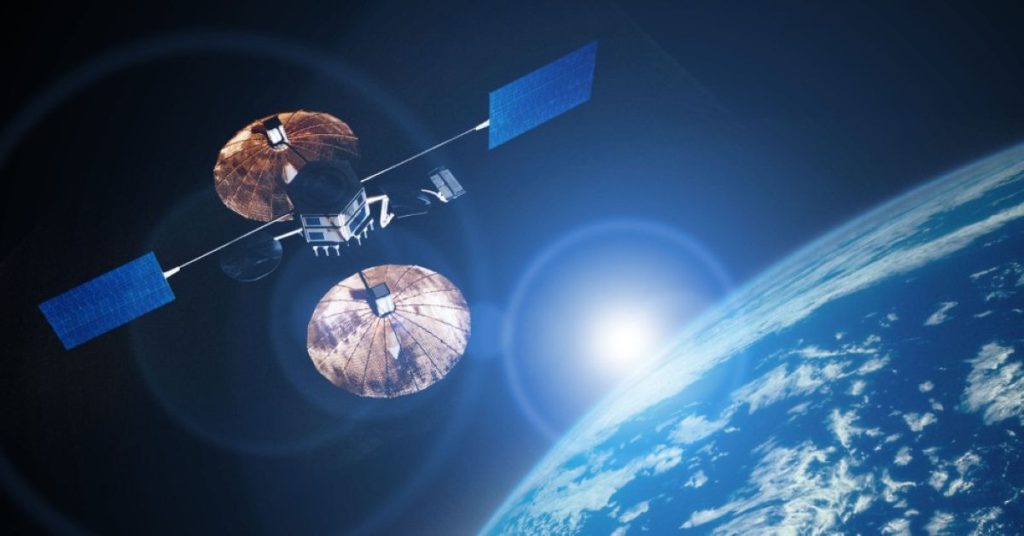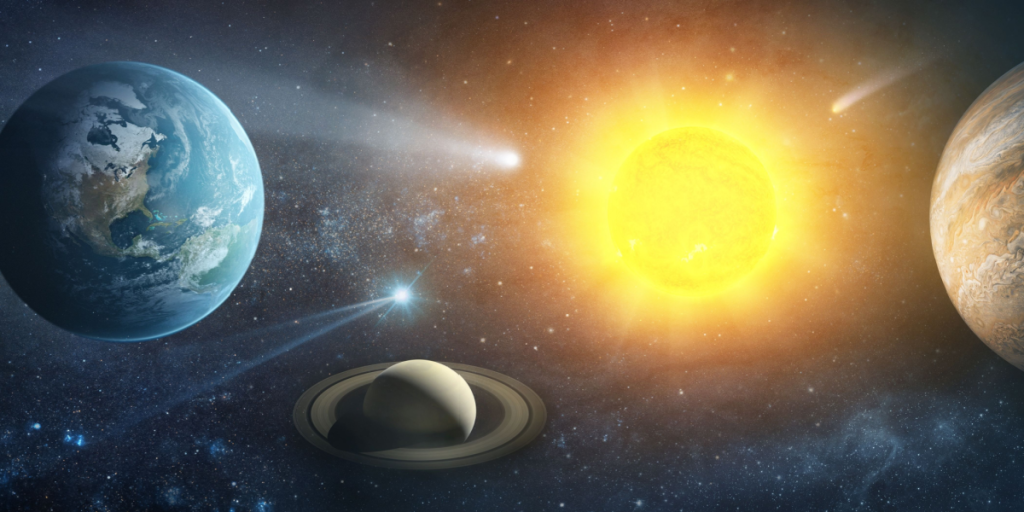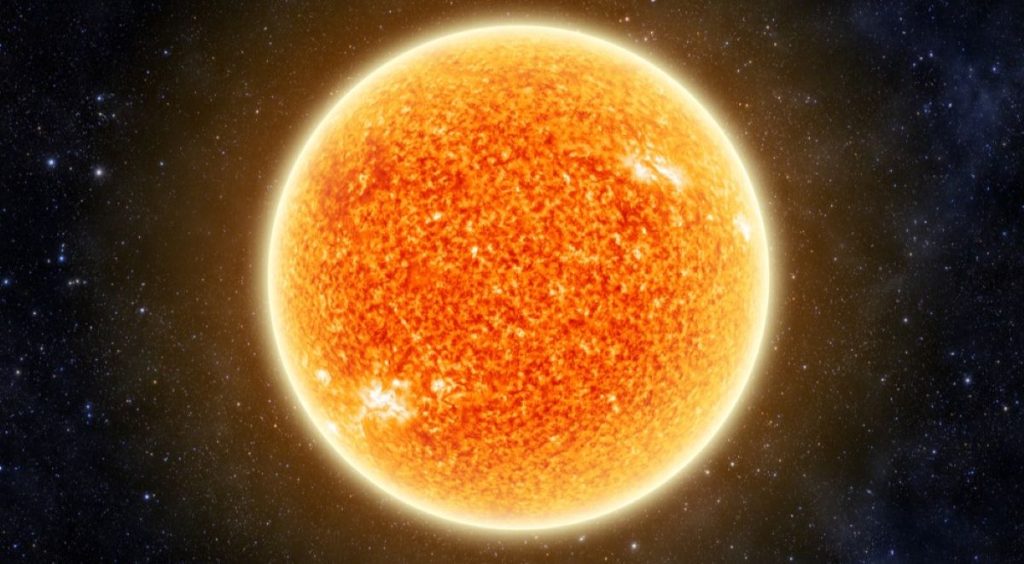Most Starlink satellites are expected to last about five years in orbit.
Others are reading now
Most Starlink satellites are expected to last about five years in orbit.
Wreaking Havoc on Starlink Satellites

A surge in solar activity is knocking SpaceX’s Starlink satellites out of orbit at an alarming rate.
Scientists are seeing a direct correlation between increased solar storms and the number of satellites falling back into Earth’s atmosphere. In 2024 alone, more than 300 Starlink units ceased functioning.
Over 300 Satellites Lost in 2024

Launched in 2019, the Starlink network is designed to provide global internet coverage.
Also read
While minor losses were expected, the numbers skyrocketed in 2024: only two Starlink satellites re-entered in 2020, but by 2024, that figure had soared to 316.
The culprit? Rising solar activity, part of the Sun’s natural cycle, according to WP.
New Study Connects Failures to Solar Flares

A team led by Denny Oliveira at NASA’s Goddard Space Flight Center analyzed 523 failed Starlink satellites between 2020 and 2024.
Their research revealed a strong link between satellite deorbiting and increased solar radiation.
The paper has been accepted for publication in Frontiers in Astronomy and Space Science and is available on arXiv.
Satellites Are Struggling Against the Sun’s Invisible Forces

Most Starlink satellites are expected to last about five years in orbit. But the current solar maximum appears to be accelerating their descent.
Researchers explained that high solar activity heats Earth’s upper atmosphere, causing it to expand and increase drag on low Earth orbit (LEO) satellites.
Stronger Than Predicted

In December 2019, NASA announced the beginning of the Sun’s 25th cycle, predicting a mild peak around 2025. But the peak arrived early.
By late 2022 and early 2023, sunspot activity and solar flare frequency were already intensifying—far beyond original forecasts.
Moderate Solar Activity Still Does Damage

Interestingly, around 72% of Starlink deorbits occurred not during intense solar storms but under moderate solar activity.
The study found that the damage was caused by cumulative drag over time, gradually degrading orbital stability until the satellites fell.
Why Starlink Is More Vulnerable Than Ever

SpaceX has launched more than 8,800 Starlink satellites to date, with about 7,600 still operational.
As this massive fleet orbits close to Earth, it becomes increasingly vulnerable to fluctuations in atmospheric drag triggered by solar radiation.
A Call for Better Satellite Strategies

Researchers hope their findings can help improve satellite design and mission planning.
With solar activity at its highest in modern history, the risks to orbital infrastructure have never been greater.
The team urges satellite operators to develop better mitigation techniques for future cycles.


